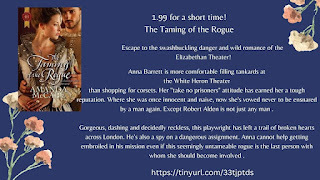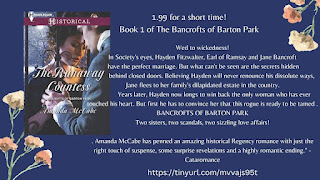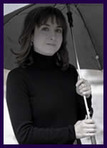Amanda McCabe's Blog, page 3
June 21, 2025
Weekend Links and a Promo Code

Happy summer solstice, everyone! I hope you didn't miss the longest day of the year. Here are a few things to read this weekend (plus some book sales)....
Marie Antoinette fashion exhibit coming to the V&A (oh, how I would love to see this!)
Sargent and the "Dollar Princesses"
A man who lives as William Morris 3 months a year
A 600 year old rectory for sale (I wants it!)
"Outrageous" the new Mitford Sisters biopic on BritBox (the first two episodes were so fun)
Spotlight on Bath for Jane Austen's 250th
Annnnd, book sales!

Here is a link for 25% off the paper copy of "Flora Flowerdew and the Secret of the Sarcophagus"
And if you haven't read the first Flora book yet, it's .99 for just a short time...
June 3, 2025
Books on sale!
May 27, 2025
(Post) Weekend Links and a Giveaway!
Happy almost-June, everyone! I hope you had a lovely Memorial Day weekend and are ready for the warmer weather. We had a bit of surprise hail yesterday, but most of my veggie plants survived, and I've been buried in writing-land so there will be time for outdoor concerts and restaurant patios asap.
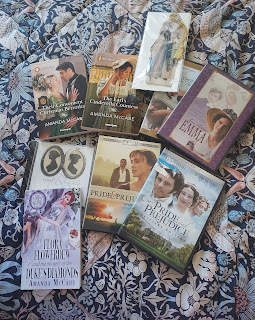
To start off the summer, I have a giveaway for newsletter subscribers! A box of books and movies (Regency-themed). If you're already subscribed, you're automatically entered! If not, you can subscribe here... (I'm very lazy, so the newsletter is very infrequent! It's mostly book news and more giveaways)
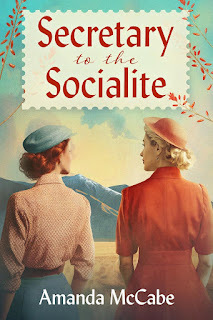
I also have a July 22 release I am VERY excited about! My first historical fiction, centered around a fascinating woman in mid-century history (Millicent Rogers) and my favorite place on earth, Taos, New Mexico, where she made her last home and where you can find her eponymous museum. More about this book soon!!! (You can pre-order here)
In the glittering world of mid-century America, Millicent Rogers is a woman ahead of her time—Standard Oil heiress, fashion icon, patron of the arts, wife, mother, lover to men like Ian Fleming and Clark Gable. Her beauty and intelligence captivate the world. But behind the scenes, she harbors secrets of ill health and loneliness that only one person knows—her secretary Violet Redfield. A quiet but artistic woman who left her Iowa farm family to pursue dreams of being a writer, Violet navigates a delicate balance between devotion to Millicent and her own dreams of independence.
As their lives become intertwined in a tangle of love, betrayal, and ambition, both women must confront the hidden costs of their powerful alliance. From lavish Hollywood parties to the mountains of bohemian Taos, Secretary to the Socialite explores this intricate bond between a woman of privilege and the one who keeps her world from falling apart.
In this captivating, immersive historical novel, two women from very different worlds find themselves at a crossroads where loyalty and personal desires collide, and where their choices could alter the course of their lives forever...
And a few things for your reading pleasure this week!
Marie Antoinette's pink diamond is up for auction
Audrey Hepburn's Givenchy gown to be sold at Sotheby's
April 6, 2025
Weekend Links
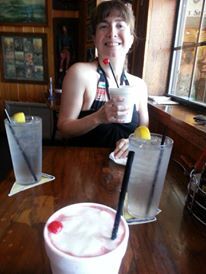
Happy April, everyone! It was snowy here yesterday, and sunny today. Welcome to springtime!!! I'm starting a new WIP, and in the meantime here's a little reading to distract you...
Author Kerry Greenwood passes away (I adore her Phryne Fisher books! So sad)
The 100th anniversary of the publication of "The Great Gatsby"
Hair trends! It's all about the "Jane Austen" bangs
The 17th century shipwreck gown
The Bronte Parsonage Museum buys an Emily Bronte watercolor
March 28, 2025
Weekend Links
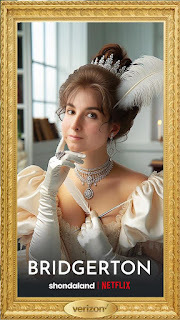
And a few fun reads to keep you distracted! (don't we all need that right now??)
The 12 Most Popular Bookstores and Libraries On Earth
The Scintilating Histories of the Mitford Sisters
Happy Birthday, William Morris! Born March 24, 1834
And Elizabeth I died on March 24, 1603...
The dazzling tiara collection of Queen Mary
How Mr Darcy became one of Austen's most memorable creations
Women played a pivotal role as scribes of medieval manuscripts
The great American classic we've been misreading for 100 years
Advice from vintage cocktail party etiquette books...
Eleanor de Montfort's lavish medieval wardrobe
Springtime! Hey ding a ding time! And new releases
I can't believe it's so long since I've visited here! Winter has seemed long and dreary, full of deadlines and trying to get our new house into rights (my office is still basically a junk room, but it's getting there!) I have lots of books news!
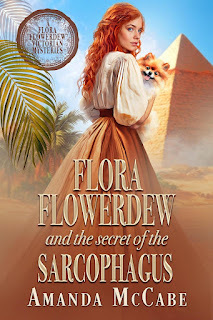
Flora Flowerdew and the Secret of the Sarcophagus, Book 3 in my Victorian Mysteries series is out NOW! It was quiet an adventure getting Flora and her posse corralled and sent off to the Nile to find out who did in Aunt Imogen's old lover, archaeologist Lord Crosbie. I am a sucker for tales of desert adventure and ancient Egypt, to this was a fun tale to write. I hope you enjoy their adventures as much as I have! (and more info to come this week, I'm putting together a "history behind the scenes post)
1889. With the winter season, Flora's séance society is quiet and life looking dull. A late-night visit from the too-handsome Benedict, Duke of Everton, and his aunt Lady Imogen changes all that. Imogen's long-ago lover, the renowned archaeologist Lord Crosbie, is missing, and she fears the worst.
Flora agrees to accompany them to a mummy unwrapping at the British Museum to see if anyone knows about the disappearance. It's the shock of the town when Crosbie himself is found in the ancient sarcophagus—murdered! Adventure awaits when Flora, Benedict, Imogen, the faithful Pomeranian Chou-Chou, and Mary the Cockney maidservant, set off for Egypt—and find a large cast of suspects who all had good reason to send the archaeologist off to his own underworld...
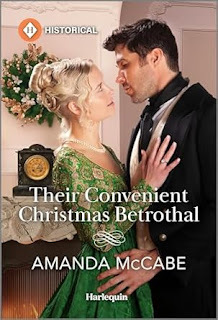
The second book in my Regency "Matchmakers in Bath" series also came out this winter! Their Convenient Christmas Betrothal is a fun "will they or won't they?" make their pretend engagement real! Mary and Charles get their HEA at last. (and look for the third in the series How to Court Your Wife in October)
A festive romance to fool society…
But are they fooling themselves too?
Mary St. Aubin is a stellar matchmaker, but society has decided that, as a spinster, Mary can no longer be trusted with their matches! After watching her parents’ cold marriage, she refuses to wed for anything but love.
Then at a Christmas house party she encounters dangerously attractive Scottish laird Charles. He needs Mary’s help saving his ward from a reputation-ruining liaison with a rake. But when Charles’s own rakish past starts to get in the way, is there another match that must happen first…between Mary and Charles?
If you want to venture to the drama of Renaissance Florence, Betrayed by his Kiss is .99 right now. If Elizabethan England is your things, Murder at the Princess's Palace is 2.99
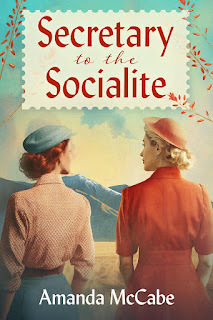
And, last but not least, the book of my heart, Secretary to the Socialite , a historical novel about icon Millicent Rogers and bohemian mid-century Taos, will be on sale in August!!! I am soooo excited for this one, it's been a long journey...
In the glittering world of mid-century America, Millicent Rogers is a woman ahead of her time—Standard Oil heiress, fashion icon, patron of the arts, wife, mother, lover to men like Ian Fleming and Clark Gable. Her beauty and intelligence captivate the world. But behind the scenes, she harbors secrets of ill health and loneliness that only one person knows—her secretary Violet Redfield. A quiet but artistic woman who left her Iowa farm family to pursue dreams of being a writer, Violet navigates a delicate balance between devotion to Millicent and her own dreams of independence.
As their lives become intertwined in a tangle of love, betrayal, and ambition, both women must confront the hidden costs of their powerful alliance. From lavish Hollywood parties to the mountains of bohemian Taos, Secretary to the Socialite explores this intricate bond between a woman of privilege and the one who keeps her world from falling apart.
In this captivating, immersive historical novel, two women from very different worlds find themselves at a crossroads where loyalty and personal desires collide, and where their choices could alter the course of their lives forever...
Look for info about my newsletter giveaway in a few days! You can sign up for it here
January 26, 2025
Weekend Links
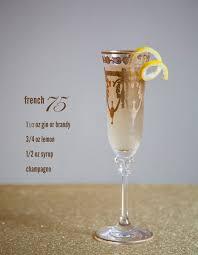 Welllllll, it has been a week! A week that feels like 10 years. I think we deserve to snuggle down in the Ritz Bar, have a Hemingway Daiquiri (or whatever you like), and read some distracting articles. What have you been doing this week? read anything good? (I'm just finishing Dan Jones new bio of Henry V...)
Welllllll, it has been a week! A week that feels like 10 years. I think we deserve to snuggle down in the Ritz Bar, have a Hemingway Daiquiri (or whatever you like), and read some distracting articles. What have you been doing this week? read anything good? (I'm just finishing Dan Jones new bio of Henry V...)
What French women are shopping for
Newly discovered Lavinia Fontana portrait discovered
Virginia Woolfe's birthday was last week! (along with mine, different years, natch) Look for a Heroine of the Weekend post on her next week
It was also Burns Night! I celebrated with a few Scots friends with some bagpipe music and copious bottles of Laphroaig, which might by why I am a wee bit slow today...
A new TV drama is coming about the tragic Queen Ena, if you need a "Crown" fix
A ranking about the best Girl Scout Cookies (I am a Thin Mint girly myself, but would never say no to a Tagalong or Samoa...)
Dame Joan Plowright died (Enchanted April is one of my very favorite movies, and if you haven't seen "Tea With the Dames" go and watch it right this moment!)
LA Animal organizations that could use your help right now
And more ways to help
An exhibit of Sargent portraits of the "Dolla Princesses" (I'm very interetested in this as I dive into a Gilded Age book...)
December 22, 2024
Favorite Reads 2024
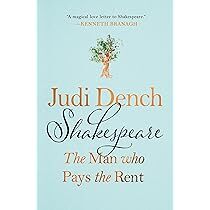
I can't believe this year is almost over! It did flash past, but now I'm enjoying remembering all the great books I found in 2024. I am terrible at remembering what I read, and especially remembering writing down what I read, so this is just a "what books stick in my head right now as ones I enjoyed" list. I'd love to hear some of yours!
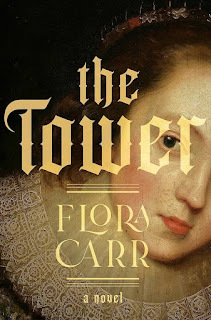 The Tower by Flora Carr--probably my favorite read this year! A slice of life with Mary Queen of Scots when she's imprisoned at Loch Leven, so descriptive and evocative, a deep character study. Not your usual MQOS story!
The Tower by Flora Carr--probably my favorite read this year! A slice of life with Mary Queen of Scots when she's imprisoned at Loch Leven, so descriptive and evocative, a deep character study. Not your usual MQOS story!Backyard Bird Chronicles by Amy Tan
All Our Yesterdays A Novel of Lady Macbeth by Joel Morris
The Bookshop: A History of the American Bookstore by Evan Friss
The Last Devil to Die by Richard Osman (I adore this series, like so many others, but I felt like the last book was spinning its wheels a tad. It came back roaring in this one. Warning, get your tissues out!)
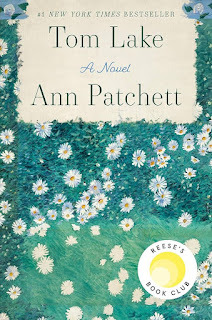
Shakespeare: The Man Who Pays the Rent by Judi Dench (hilarious and engrossing! I wish it had been 3 times as long)
The Rarest Blue by Baruch Sterman
Finding Margaret Fuller by Allison Pataki
I didn't have as much time as I would like to read fiction for fun, but I did find some that were fun indeed!
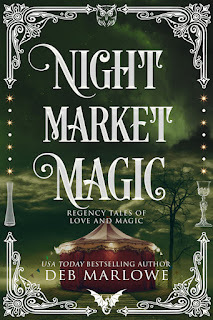
Night Market Magic by Deb Marlowe
Don't Want You Like a Best Friend by Emma R Alban
How the Wallflower Wins a Duke by Lucy Morris
The Plot Twist by Victoria Walters
The Scandalous Widow by Elizabeth Rolls
Here's hoping for great reads in 2025! Love to you all, see you next year
December 8, 2024
Weekend Links
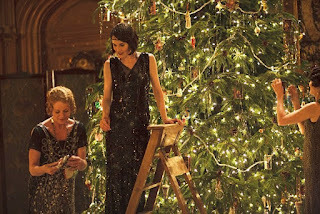
Happy Sunday, everyone! Are you as dizzy with holiday madness as I am?? Add in book deadlines, and it's wild! But here are a few distractions for today (and next week, I'll have my favorite books of the year list)
December 5 was Krampusnacht. Looks like a holiday for our times!
Holiday festivities in Shakespeare's England (from the Folger Library)
Tons of great tiaras and royal appearances this week!! (lovely to see the Princess of Wales at her carols event!)
Speaking of royals, the Spanish king and queen have dramatic new portraits
I saw "Wicked" a few weeks ago, and loooved it! Here's some info on the costumes
November 17, 2024
Los Luceros and Murder at the Hacienda

Two posts in one day!!! I really am catching up! Murder at the Hacienda, the 4th in my 1920s Santa Fe mysteries (w/a Amanda Allen) just came out, and I am so excited to get caught up with Maddie and her gang again. I was also excited because it's one of my favorite mystery tropes--a locked-in, snowed-in whodunit.
It's also based on a real place, and estate about a hour's drive from my home in Santa Fe. Unlike the house in my book, it's a beautiful, peaceful place, with a wonderfully restores hacienda and acres of pasture (sheep herds! Apple orchards(, near the Rio Grande with lots of walking trails.
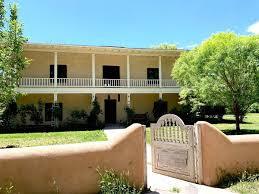
Los Luceros (run by the Museum of New Mexico Foundation) is a 148 acre estate north of the little town of Alcalde and east of the Rio Grande, and it has a very long history, long used by Native pueblos. By the early 1700s, it was part of the Serrano Land Grant, one of the earliest sites of apple orchards in the area (which are still there! At their harvest festival open house, you can taste their cider). It consisted of the main hacienda, the fark, cottages, and a chapel. By the early 20th century, it had fallen into disrepair until purchased by Boston heiress Mary Cabot Wheelwright (also of the Wheelwright Museum in Santa Fe), who restored it and made it a haven for artists of all sorts, especially for women. When she died, it fell into neglect again, but is not wonderfully restored and a joy to tour. (Look for the Olive Rush murals on the fireplaces! Rush is often a character in my novels). It was the scene of many parties, and there are even a few ghost stories...
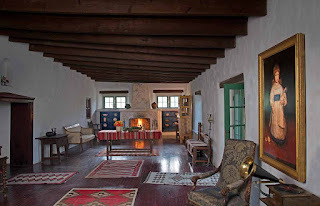
If you're ever in the area, be sure and stop by, look at the house and walk by the river! And there's a wonderful bio of Wheelwright, Mary Wheelwright: Her Book by Leatrice Armstrong, and Wheelwright was also an author and historian in her own right

